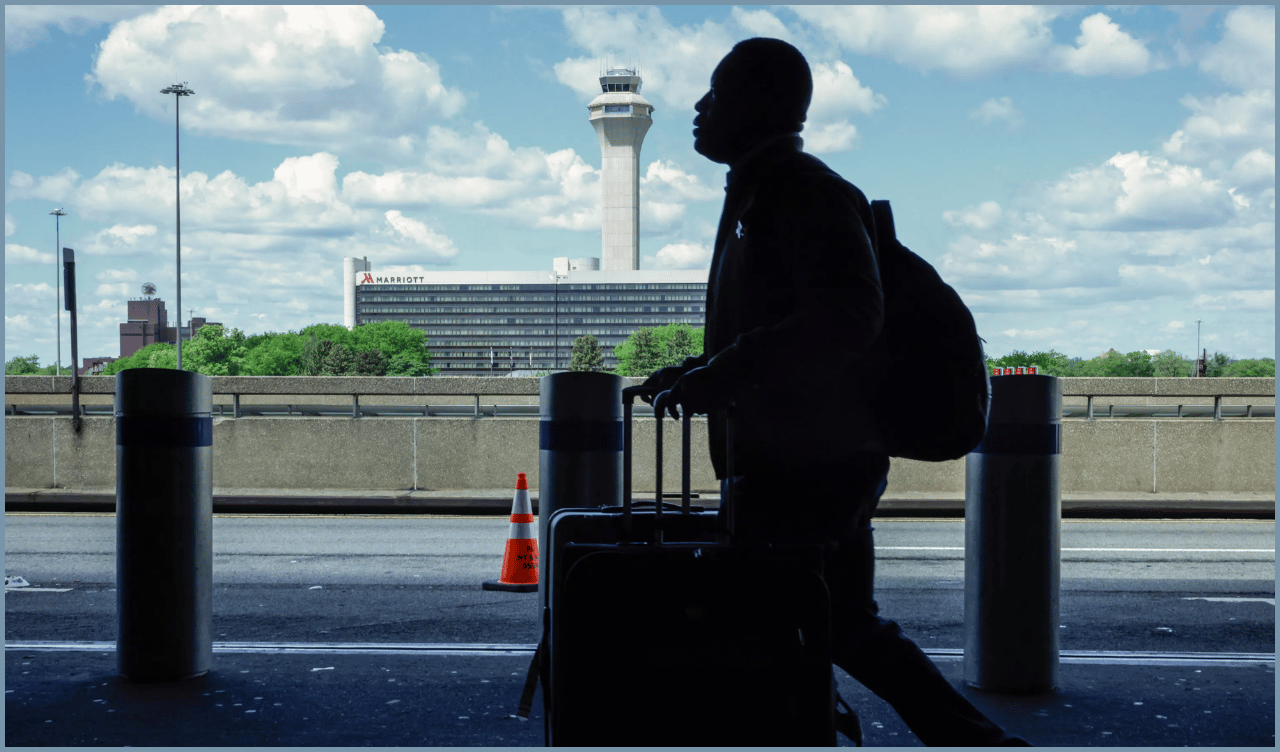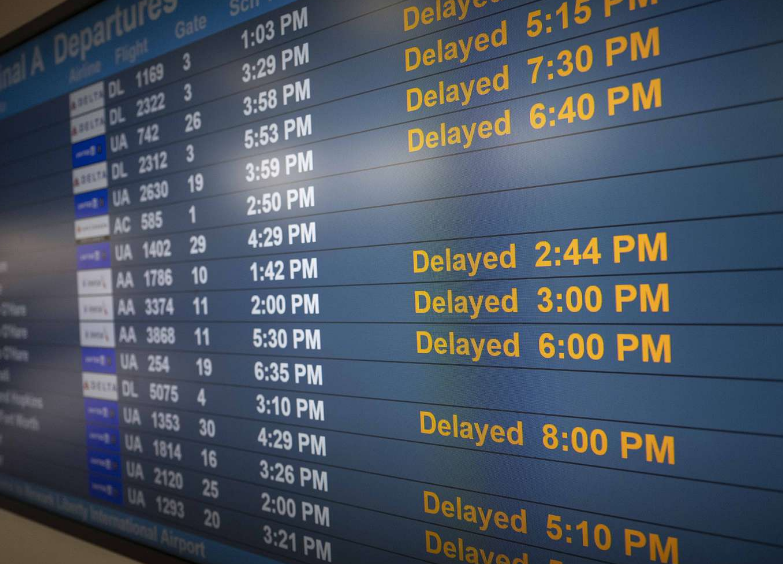
I was at Newark Liberty International Airport when the radar went down again this week. You could feel the tension ripple through the terminal — flight boards blinking, gate agents making nervous announcements, and people checking their phones every two minutes for updates.
If you’ve been wondering “Why are so many planes flying today?”, let me tell you: I saw the chaos unfold in real time.
The Moment It Happened
One minute, everything was humming along. The next, a gate agent quietly told a colleague, “Radar’s down again.” My stomach sank.
Within minutes, arrivals were stacking up in the air, circling in long holding patterns. Some planes were diverted to JFK and Philadelphia. Flight diversions became the phrase of the hour.
I overheard one pilot on the radio saying they were relying on airplane communication instead of the main radar feed — meaning position updates had to be called in manually. That slows everything down.
Why the Skies Look So Crowded
If you live anywhere under Newark’s flight paths, you probably noticed it: a sudden surge of aircraft overhead. That’s because, once partial radar came back, air traffic control had to push through a backlog. The result? Clusters of flights arriving close together at Newark Liberty International Airport.
It’s unsettling to see that many jets in the sky at once, even when you know the system is safe.

The Bigger Issue – Tech That’s Falling Behind
Standing there, watching the ripple effect of one faulty radar unit, I kept thinking about the future of air travel.
We talk a lot about Future Air Navigation and air traffic management software, but here’s the truth: Newark is still running on infrastructure that can fail without much warning. Until the FAA rolls out more resilient, fully integrated systems, we’re going to see more of these disruptions.
The Passenger Experience – From the Ground
For us in the terminal, it was a mix of frustration and resignation. Some travelers grabbed coffee and waited it out. Others scrambled to rebook after hearing their flights had been diverted. I saw one family sprint to another gate only to be told their plane was rerouted midair.
The boarding announcements were slow and cautious, with crews making sure we understood that even after departure, we might not land at Newark if the radar acted up again.
What Happens Next
The FAA sent in a technical team right away. Rumor among the staff was that they’re accelerating Newark’s upgrade to modern air traffic management software. Still, no one could promise this won’t happen again before the fix is complete.
Frequently Asked Questions
1. What caused the Newark radar outage?
A fault in one of the main radar units knocked out primary aircraft tracking, forcing controllers to use backups.
2. Why are so many planes flying today?
When radar partially returned, controllers had to clear a backlog, creating unusually busy skies.
3. How do flight diversions work in a radar outage?
If Newark can’t take arrivals, aircraft land at nearby airports until systems stabilize.
4. Is Newark upgrading its systems?
Yes — the FAA is moving toward Future Air Navigation and better software, but it’s a slow process.
5. How does radar affect airplane communication?
Radar gives controllers real-time visuals. Without it, pilots must report positions manually over the radio.
Bottom Line
Having lived through this outage firsthand, I can tell you: Newark’s radar issues aren’t just headlines — they’re a real, stressful disruption for passengers and crews alike. Until the system is upgraded, Newark Airport’s radar woes will keep travelers on edge and skies unusually busy.
READ MORE: Spotify Down: Major Outage Leaves Users Unable to Stream Music











